Honeysuckle Plants That Attract Mosquitoes
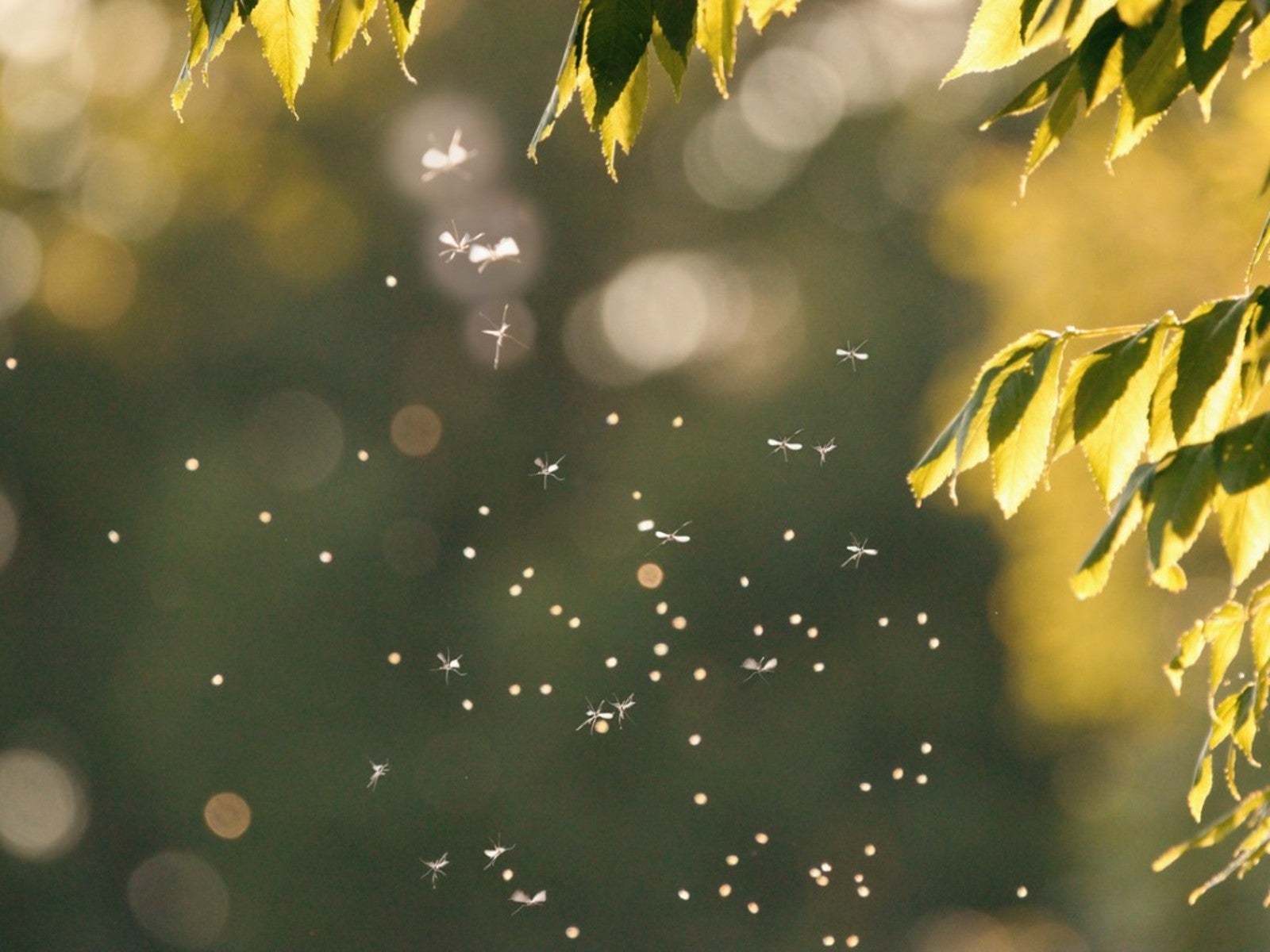

Honeysuckle is a controversial plant. While North America has native species, invasive honeysuckles are a real problem. They out-compete native plants and provide a less nutritious food source for wildlife. More recently, scientists have discovered another problem: Non-native honeysuckles might increase your yard’s mosquito population.
Why Is Bush Honeysuckle Bad?
While the U.S. has native honeysuckles—attractive flowering vines that pollinators love—non-native bush honeysuckles have become much more widespread. The most common are Tatarian, Morrow’s, Amur, and Bell’s.
Non-native bush honeysuckles are bad to have around mostly because they crowd out native species that are better for wildlife. They leaf out earlier and block light to incoming native plants.
Birds eat the berries of bush honeysuckle, but they are essentially junk food and don’t provide adequate nutrition. Another reason to remove any invasive honeysuckle from your property is that they attract and support disease-carrying mosquitoes.
What Attracts Mosquitoes?
Mosquitoes carry many diseases, notably in the U.S., the West Nile virus. They’re more than just a nuisance, and it’s best discourage them from congregating and breeding in your yard.
Mosquitoes might love your garden if you have standing water and a lot of yard debris, like grass clippings, overgrown plants, and leaf piles. They are also drawn to certain plants, like those that grow in water or tolerate standing water.
Plants That Attract Mosquitoes Include Amur Honeysuckle
Water and leaf litter are the main attractants for mosquitoes because they lay eggs in water and feed on the bacteria that grow on decaying leaves. Scientists have also discovered that the leaf litter of certain plants, when dropping into standing water, attract and better support mosquitoes.
Gardening tips, videos, info and more delivered right to your inbox!
Sign up for the Gardening Know How newsletter today and receive a free copy of our e-book "How to Grow Delicious Tomatoes".
This is another reason to dislike non-native honeysuckle. Researchers found that the habitat created by standing water and Amur honeysuckle leaf litter yields high amounts of adult mosquitoes. What makes these among the best plants for mosquitoes isn’t yet understood.
Another species that had a similar result was autumn olive, also invasive. The study found that blackberry, a native species, resulted in a large deposit of mosquito eggs, but low survival rates of the larvae. More research is needed to figure out why different leaves in the water impact mosquito survival.
Knowing which plants attract mosquitoes and the conditions in which they thrive can help you make your garden more comfortable. It can also protect you and your family and pets from disease. If you have bush honeysuckle, take steps to eradicate it.

Mary Ellen Ellis has been gardening for over 20 years. With degrees in Chemistry and Biology, Mary Ellen's specialties are flowers, native plants, and herbs.
-
 How To Make A Bouquet Garni Or Herb Bundle For Cooking
How To Make A Bouquet Garni Or Herb Bundle For CookingIf you’re a great cook, you may have made an herb bundle before. If this is a new idea, learn how to add sparkle and interest to your dish with a bouquet garni.
By Amy Grant
-
 ‘Coral Charm’ Peony Care For Sublime Semi-Double Peonies With Lush Salmon Pink Flowers
‘Coral Charm’ Peony Care For Sublime Semi-Double Peonies With Lush Salmon Pink FlowersPeonies are known for their soft baby pink or magenta tones, but if plushy coral blooms are your thing, here’s our guide to the ultimate ‘Coral Charm’ peony care
By Tonya Barnett
-
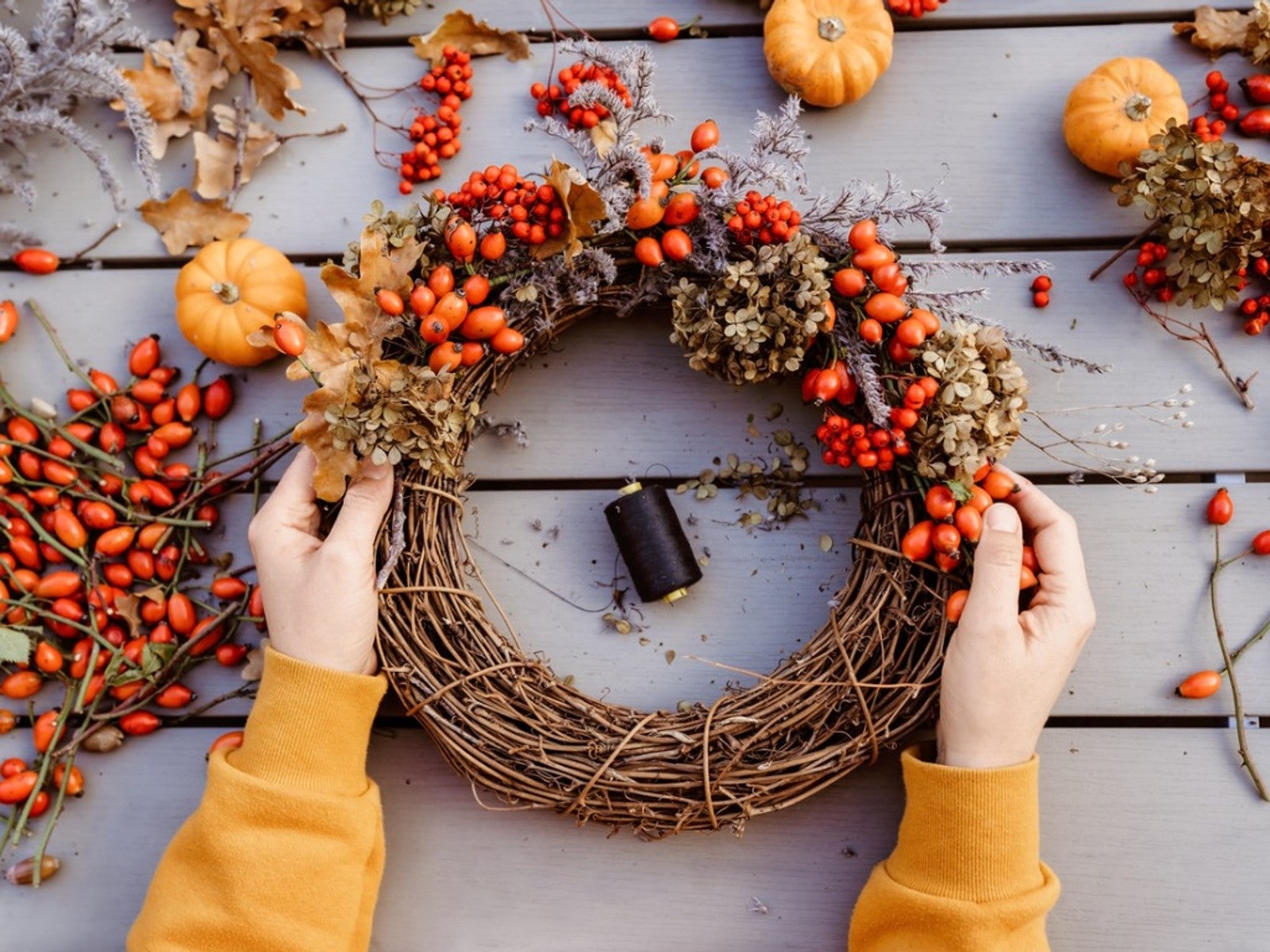 DIY Honeysuckle Wreath: How To Harvest And Use Honeysuckle
DIY Honeysuckle Wreath: How To Harvest And Use HoneysuckleWreaths lend a natural note to holiday decorations. Learn how to make a honeysuckle wreath for a keepsake you can use for years to come.
By Mary Ellen Ellis
-
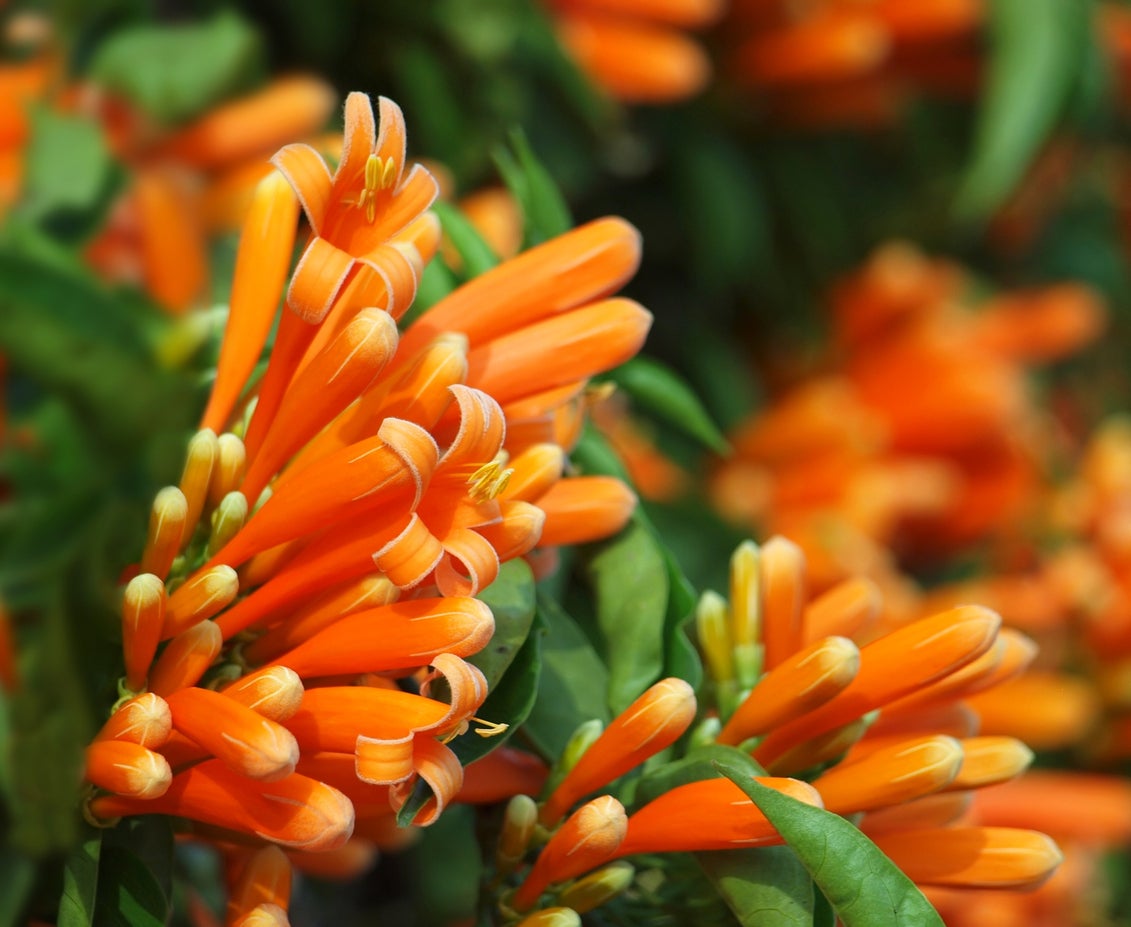 What Is Western Honeysuckle – How To Grow Orange Honeysuckle Vines
What Is Western Honeysuckle – How To Grow Orange Honeysuckle VinesWestern honeysuckle vines climb up some 33 feet (10 m.) and decorate the garden with sweet-smelling orange blossoms. Click this article for information about these vines including tips on how to grow orange honeysuckle in your home landscape.
By Teo Spengler
-
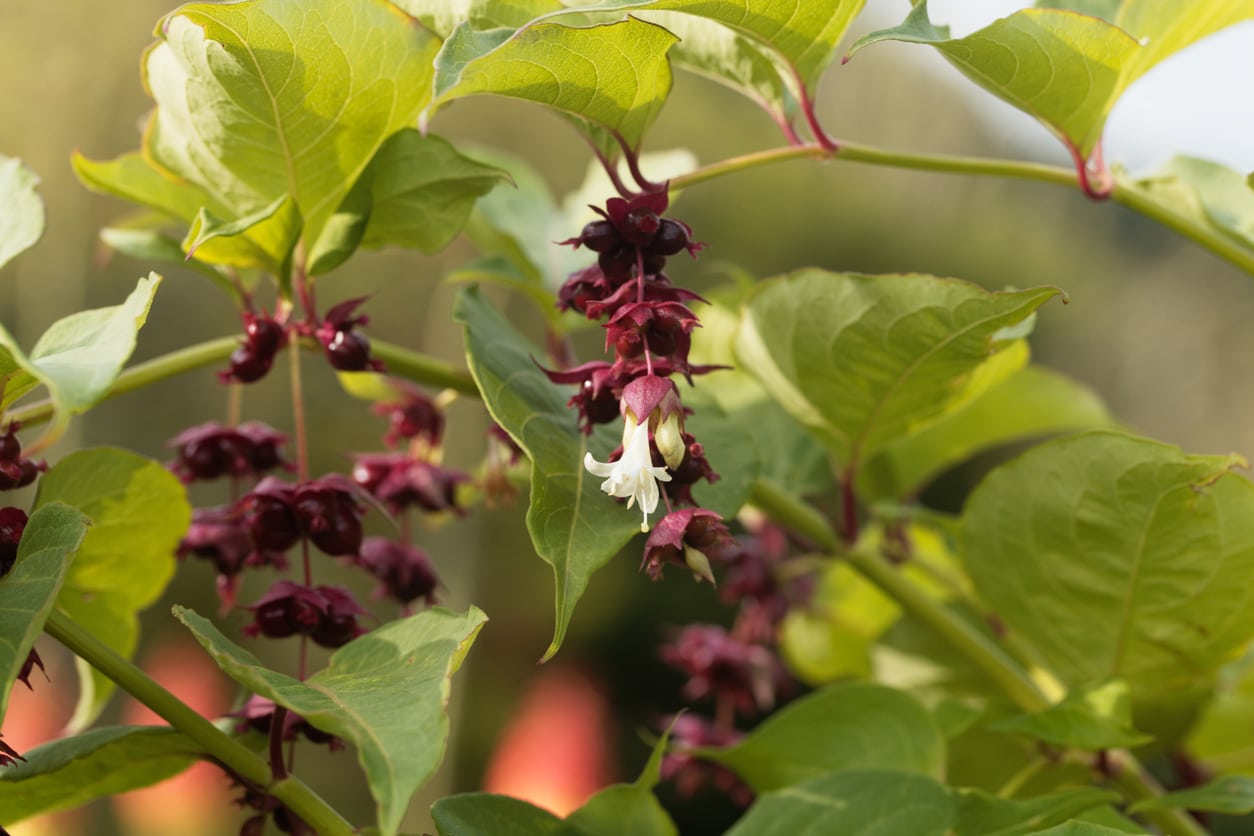 Himalayan Honeysuckle Plants: Tips For Growing Himalayan Honeysuckles
Himalayan Honeysuckle Plants: Tips For Growing Himalayan HoneysucklesHimalayan honeysuckle plants develop a truly unique looking flower. It is a carefree blooming plant that is attractive to butterflies, bees and even hummingbirds. The blooms are followed by tiny purple berries. Learn more about the plant in this article.
By Bonnie L. Grant
-
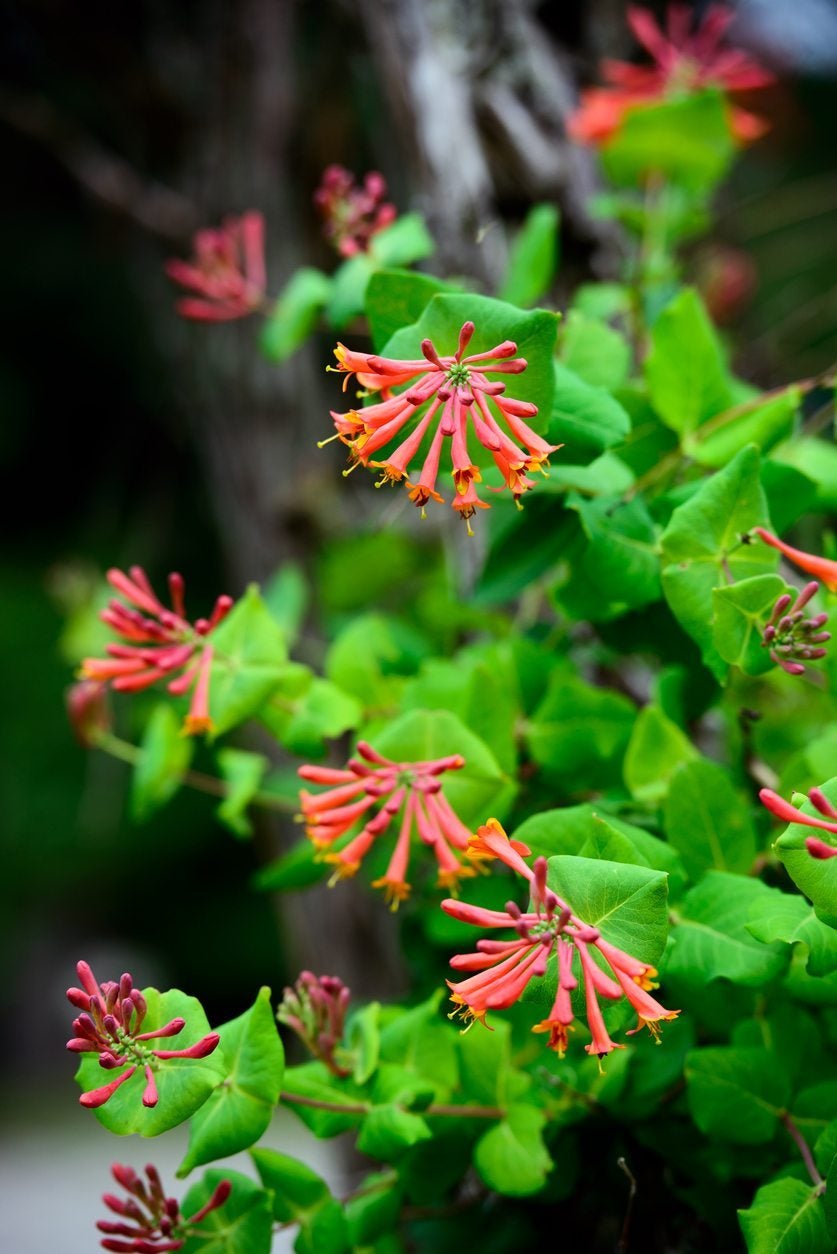 Coral Honeysuckle Info: How To Grow Coral Honeysuckle In The Garden
Coral Honeysuckle Info: How To Grow Coral Honeysuckle In The GardenCoral honeysuckle is a beautiful, fragrant, flowering vine native to the southern United States. It provides a great cover for trellises and fences that is the perfect alternative to its invasive, foreign cousins. Learn more coral honeysuckle info in this article.
By Liz Baessler
-
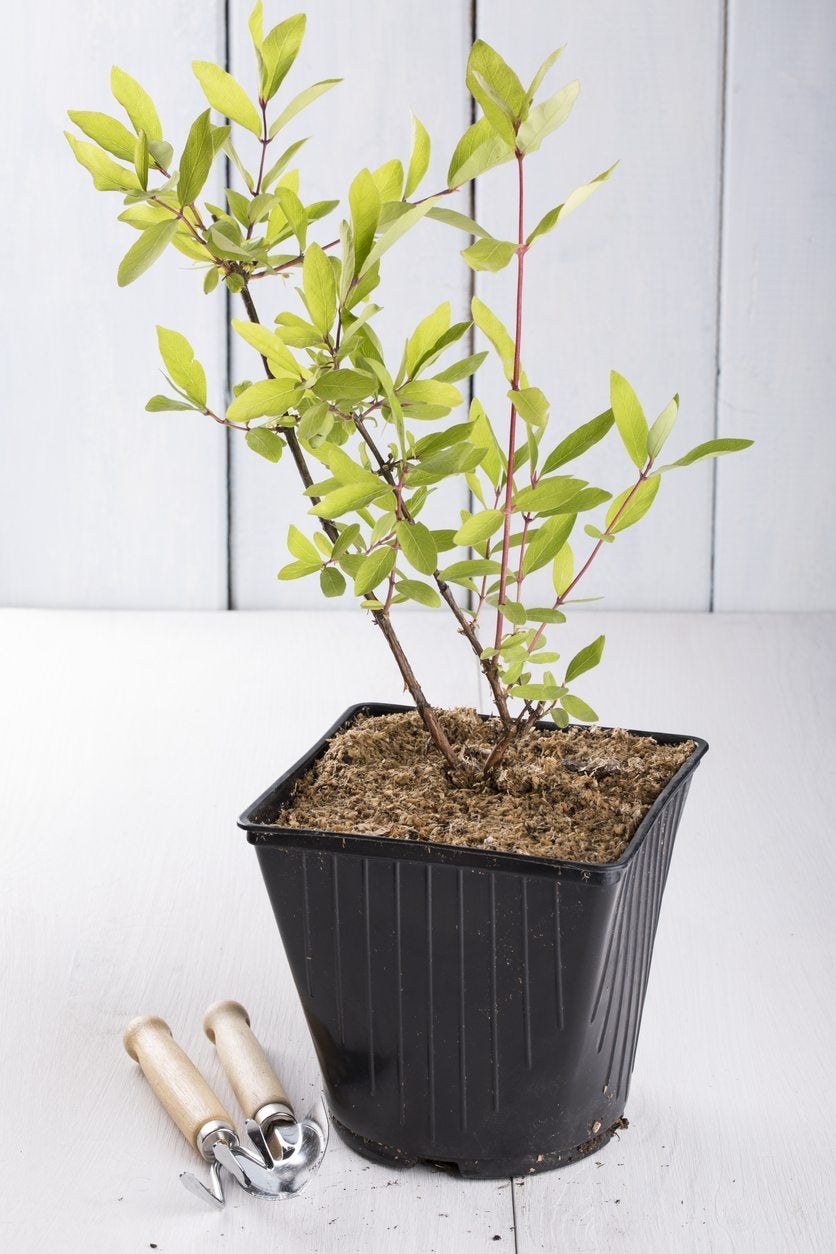 Honeysuckle Seeds And Cuttings: Tips For Propagating Honeysuckle Plants
Honeysuckle Seeds And Cuttings: Tips For Propagating Honeysuckle PlantsThe non-invasive honeysuckle is a desirable garden plant for pretty flowers. Propagating honeysuckle can be done in several ways. To expand the reach of this pretty, shade-creating vine in your garden, follow the tips and guidelines found in this article.
By Mary Ellen Ellis
-
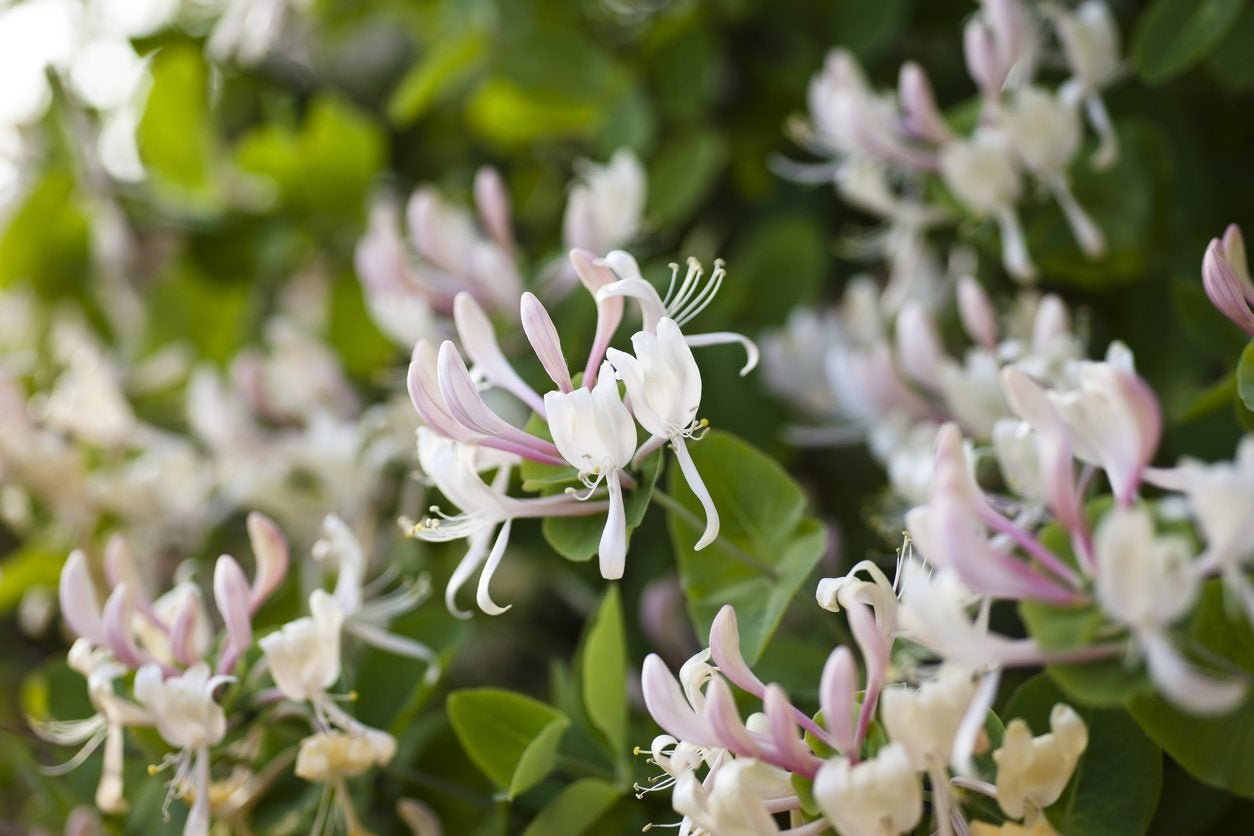 Transplanting Honeysuckles: How To Transplant A Honeysuckle Vine Or Shrub
Transplanting Honeysuckles: How To Transplant A Honeysuckle Vine Or ShrubEven the most attractive plants must be moved around in the garden sometimes. Whether you have a vine or a shrub, transplanting honeysuckles isn't too hard, as long as you know what you are doing. The information in this article will help get you started.
By Teo Spengler
-
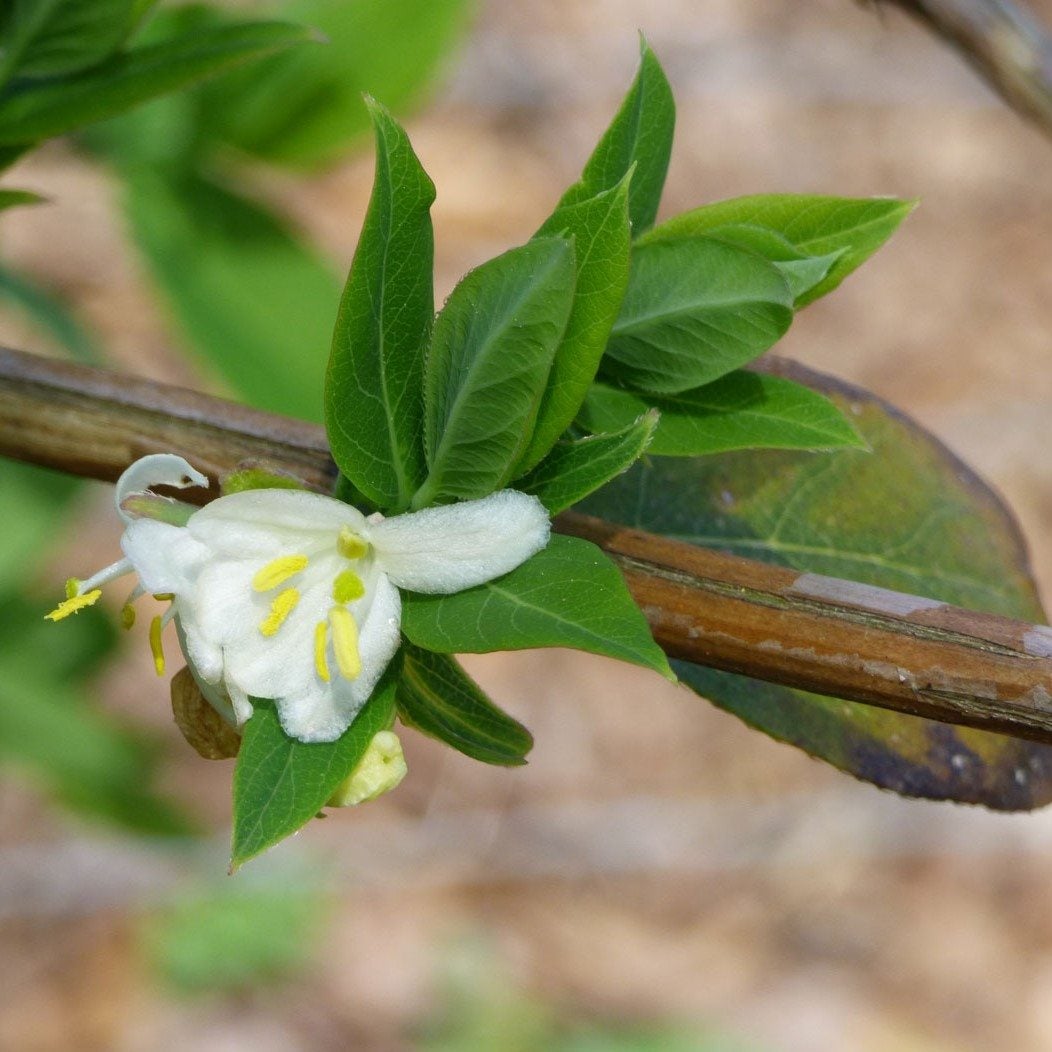 Care Of Winter Honeysuckle: Tips On Growing Winter Honeysuckle Shrubs
Care Of Winter Honeysuckle: Tips On Growing Winter Honeysuckle ShrubsThe winter honeysuckle bush has delightfully fragrant flowers popular with gardeners and landscapers. You can even find unattended stands thriving at crumbling old homesteads and graveyards. Learn more about winter flowering honeysuckle plants in this article.
By Jackie Carroll
-
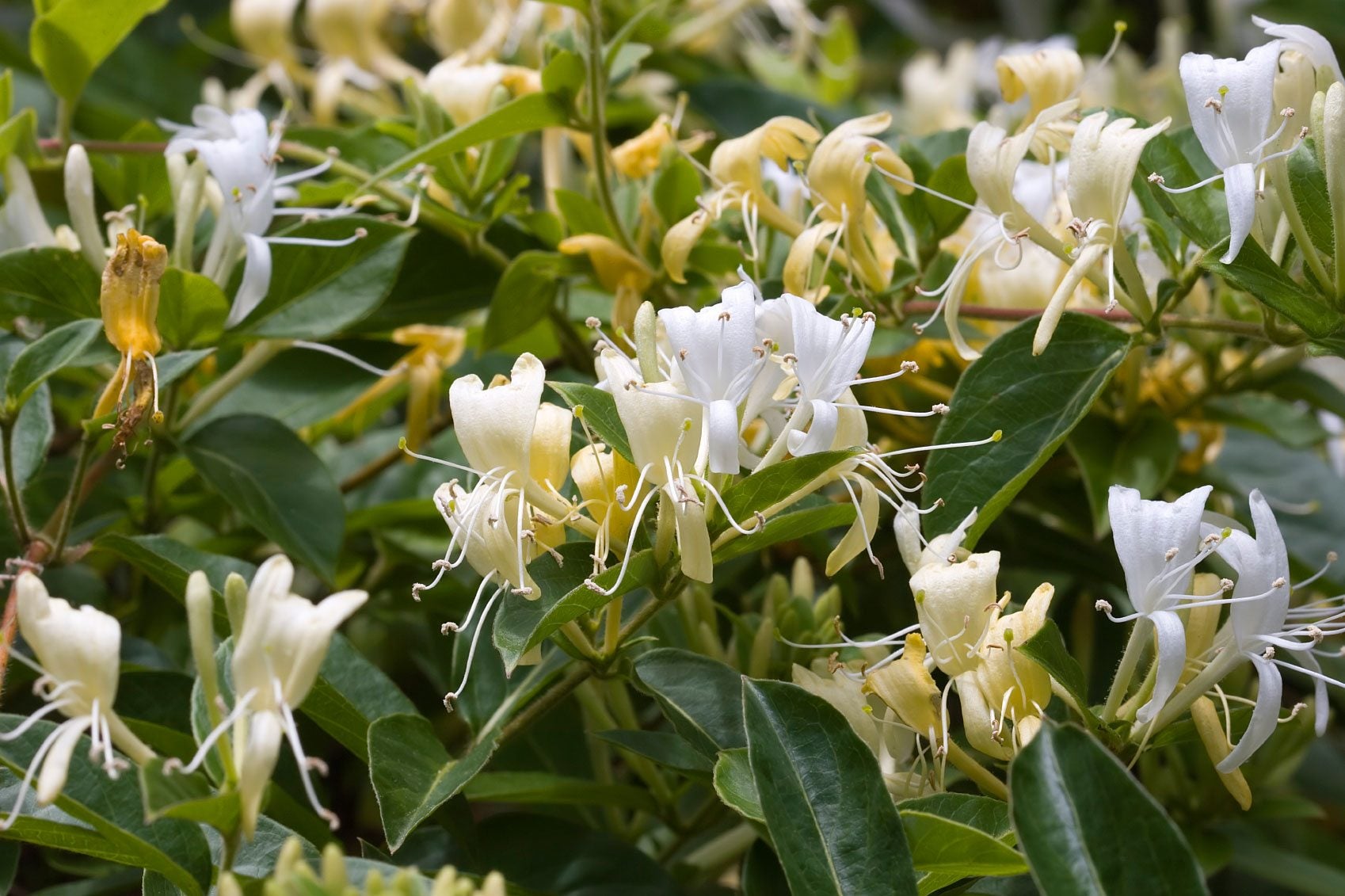 Japanese Honeysuckle Weed: How To Control Honeysuckle In Gardens
Japanese Honeysuckle Weed: How To Control Honeysuckle In GardensJapanese honeysuckles are invasive weeds that can take over your garden and damage the environment. Learn how to distinguish native honeysuckle from the exotic species and techniques for honeysuckle weed control in this article.
By Jackie Carroll